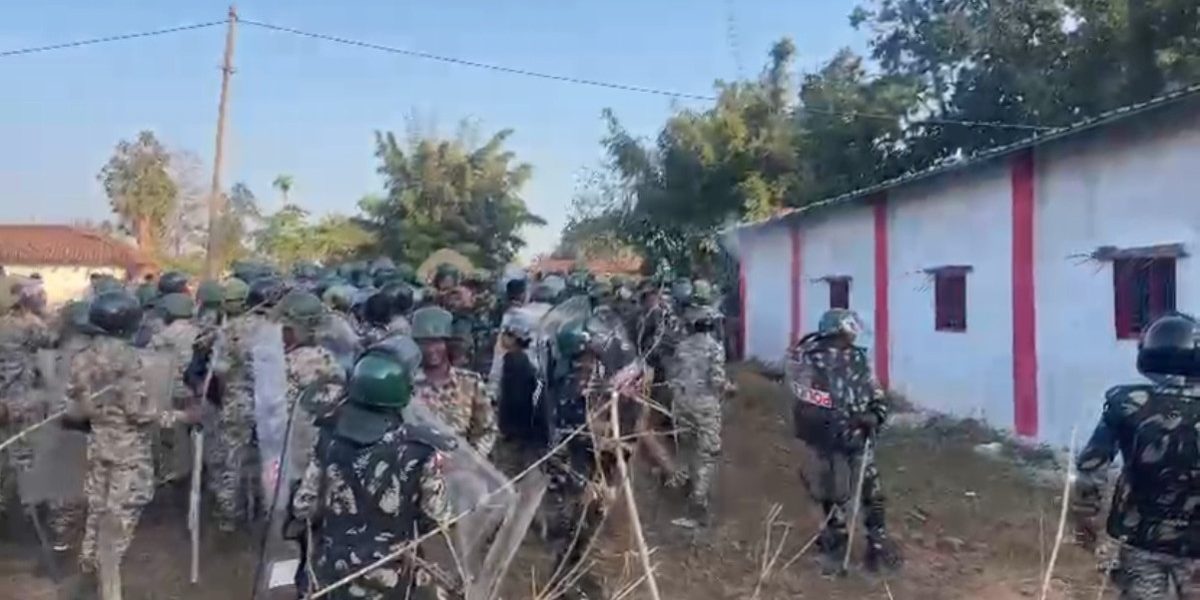By Tariq Mir
On a warm spring day last March, I visited Ali Mohammad Sagar at his home in Humhama, a middle-class neighborhood in Srinagar, the capital of Kashmir. As we sat inside his high-walled compound, in a well-tended garden below cypress hedges, he cast a dismal glance at heaps of debris that lay to one side of the enclosure—the remains of a two-story residence that, two months before, the Indian government had deemed built on “state land” and demolished. Sagar was not at home when the structure was leveled. Like many well-to-do Kashmiris, his family was idling away the winter months in the warmer Indian plains. He rejects the government’s claims and says he has the documents to prove it.
Sagar was one of thousands of Kashmiris targeted in an eviction drive last January, when Prime Minister Narendra Modi’s ruling Bharatiya Janata Party (BJP) deployed policemen across the region, ostensibly to seize state land back from “encroachers.” They bulldozed homes and businesses in rural hamlets and urban localities, expelled families from farmland they had cultivated for generations, and displaced indigenous nomads from forests where they camped.
It was an unprecedented exercise of mass dispossession. According to official data, more than 42,000 hectares were seized. The evictions were paused only when protests threatened to break out. A year later there is little clarity on the number of properties flattened and people made homeless. Kashmiri activists who document state abuses are often harassed by authorities; some have been imprisoned for years on trumped-up terrorism charges.
This story was originally published in nybooks.com. Read the full story here.





